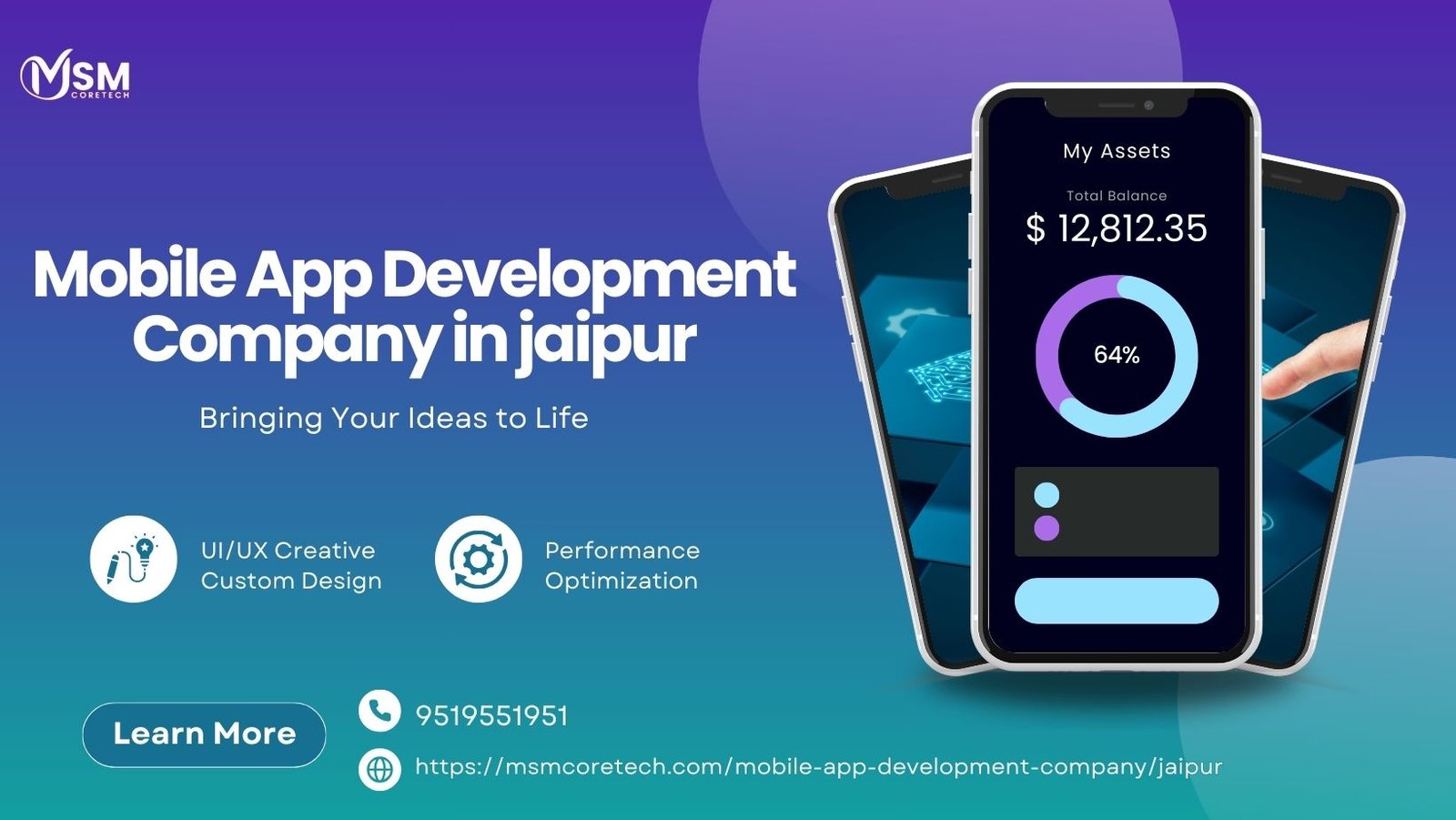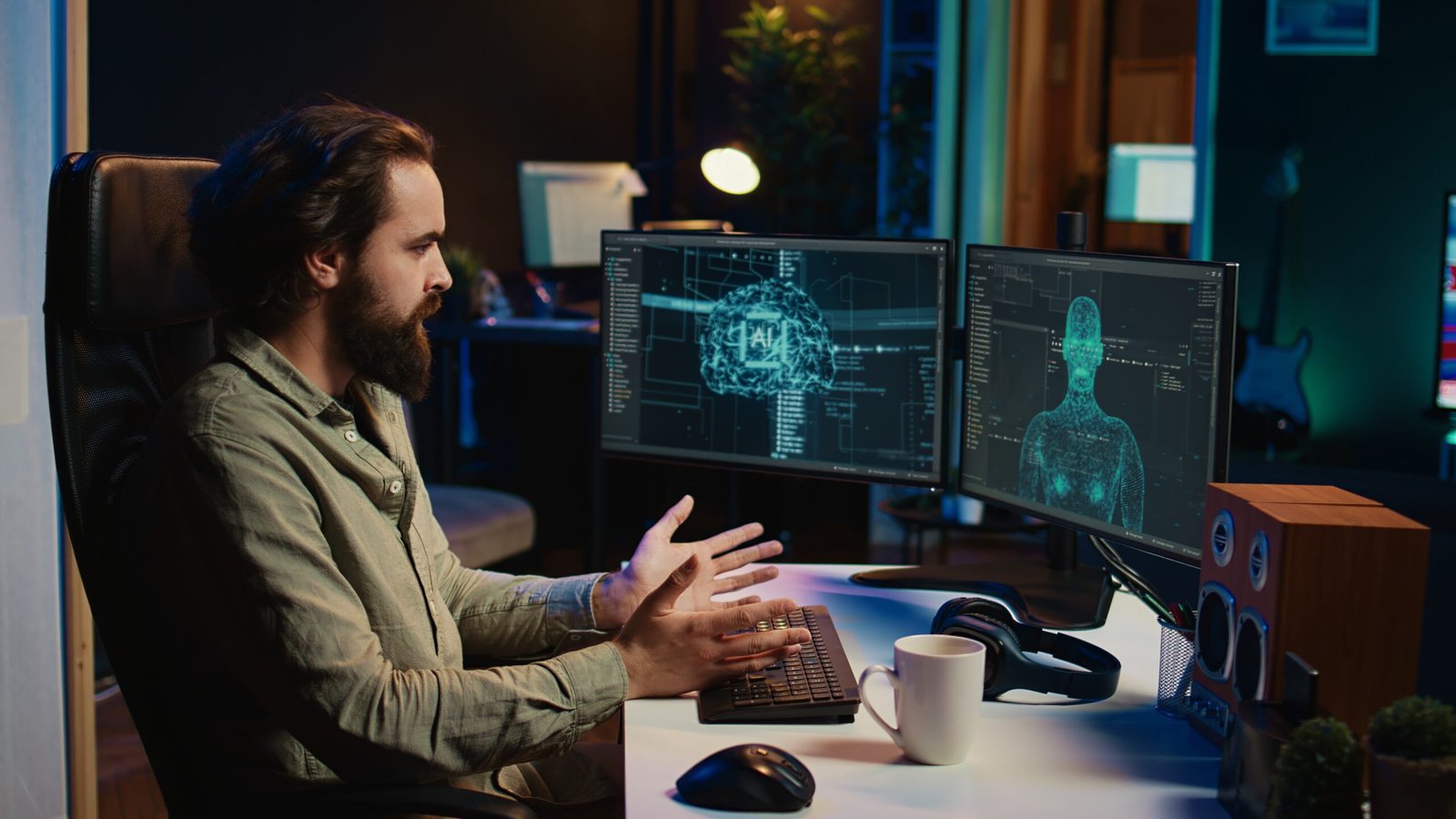The rise of on-demand services has transformed how people access products and services, and alcohol delivery is no exception. With the growing demand for convenient alcohol delivery options, developing a successful app can open significant business opportunities. However, alcohol delivery app development involves more than just creating a functional app. To ensure long-term success, you must consider compliance, user experience, and market trends.
This guide’ll walk you through the five essential steps to building a successful alcohol delivery app and ensuring it stands out in the competitive market.
1. Market Research and Compliance Understanding
Before diving into alcohol delivery app development, you need to conduct thorough market research and understand legal compliance. This step involves assessing the market demand, identifying your target audience, and analyzing the competition.
Key Considerations:
- Target Audience: Are you targeting urban millennials, businesses, or a broader demographic? Knowing your audience helps in designing features and marketing strategies tailored to their needs.
- Competitor Analysis: Identify top players in your region or market and analyze their strengths and weaknesses. This insight will help you create a unique selling proposition (USP).
- Compliance with Alcohol Laws: Alcohol delivery is highly regulated, and you must comply with local, state, and federal laws. Different regions have specific rules on alcohol delivery services, such as delivery times, licensing requirements, age verification, and restricted zones. Ensure your app integrates features to verify the user’s legal drinking age and adheres to other regional alcohol distribution regulations.
By conducting in-depth market research and ensuring compliance, you set a strong foundation for your alcohol delivery app.
2. Design a User-Friendly Interface
The success of any on-demand app hinges on its user interface (UI) and user experience (UX). For an alcohol delivery app, it is crucial to design an intuitive, seamless, and visually appealing interface that simplifies the ordering process.
Must-Have Features:
- Simple Onboarding: Ensure new users can easily sign up or log in using social media accounts, email, or phone numbers.
- Product Categorization: Organize alcohol products into clear categories (e.g., wine, beer, spirits), with filters for price, brand, or type. This makes browsing easier for users.
- Search and Recommendation: Provide a search bar for users to quickly find their preferred beverages. You can also offer personalized recommendations based on past purchases.
- Real-Time Order Tracking: Give users the ability to track their orders in real-time, from processing to delivery.
- Age Verification: Implement a robust system for verifying the legal drinking age. This could include scanning a driver’s license or passport.
By focusing on UI/UX design, you can create an alcohol delivery app that users will find easy to navigate and use, driving customer satisfaction and retention.
3. Choose the Right Tech Stack for Development
The technology stack you choose for alcohol delivery app development is crucial for the app’s functionality, scalability, and performance. A robust backend infrastructure, combined with a smooth front-end interface, ensures a seamless user experience.
Key Components:
- Frontend Development: The frontend is what the user interacts with, so it should be built using modern technologies like React Native, Flutter, or Swift (for iOS) and Kotlin (for Android). These platforms provide high performance and flexibility.
- Backend Development: The backend is the backbone of your app. Opt for scalable server technologies like Node.js or Python for handling complex tasks such as payment processing, order management, and real-time tracking.
- Database: Store user data, orders, and alcohol products in a reliable database like MySQL or MongoDB.
- Payment Gateway Integration: Secure and flexible payment gateways (e.g., Stripe, PayPal) are essential for processing payments. Ensure that multiple payment options are available, including credit/debit cards, wallets, and even cash on delivery (COD).
- API Integration: APIs for geolocation, real-time delivery tracking, and third-party services (such as liquor retailers) will add functionality to your app.
Choosing the right tech stack helps create a scalable, secure, and reliable alcohol delivery app.
4. Develop Strategic Partnerships with Alcohol Retailers
Your app’s success depends heavily on partnerships with alcohol retailers, wholesalers, and delivery personnel. Partnering with local liquor stores, bars, and distributors enables you to offer a wide variety of alcohol products to your customers while ensuring timely deliveries.
Key Tips:
- Diverse Selection: Ensure that your partner retailers offer a wide range of products, from local craft beers to premium wines and spirits.
- Delivery Network: Partner with delivery service providers or build your in-house delivery team to ensure fast and reliable service. Real-time tracking and efficient route optimization can enhance the delivery experience.
- Revenue Sharing: Establish clear agreements with your partners on how profits will be shared. You can opt for a commission-based model where you take a percentage of each sale or offer subscription packages for listing retailers on the platform.
Strong partnerships will provide your app with a competitive edge by expanding product variety and ensuring prompt deliveries.
5. Launch, Market, and Optimize Your App
Once your app is developed, the next step is launching and marketing it effectively. A well-planned marketing strategy is essential to generate user interest and drive downloads.
Key Strategies:
- Pre-Launch Campaign: Build anticipation by launching teaser campaigns, creating a landing page, and offering early-bird discounts or special offers.
- Social Media and Influencers: Use social media platforms like Instagram, Facebook, and Twitter to target your audience. Partner with influencers or bloggers in the food and beverage industry to promote your app.
- Referral Programs: Offer users incentives to refer friends to the app. For instance, you could give discounts or reward points for each successful referral.
- Paid Advertising: Leverage paid ad campaigns on Google and social media to increase visibility.
- User Feedback: After launch, continuously collect feedback from users to improve the app. This can involve adding new features, fixing bugs, or optimizing the user experience.
Marketing and optimizing your app will ensure a steady stream of new users and keep your app relevant in the long term.
Conclusion
Building a successful delivery app involves more than just technical development. From understanding market trends and compliance to designing a user-friendly interface and choosing the right tech stack, each step is critical to your app’s success. Forming strategic partnerships with retailers and launching a well-planned marketing campaign will ensure that your alcohol delivery app thrives in the competitive market.
By following these five steps, you can confidently navigate the alcohol delivery app development process and launch a profitable and scalable service.
FAQs
1. What are the legal requirements for alcohol delivery apps?
Alcohol delivery apps must comply with local, state, and federal alcohol distribution laws. This typically involves obtaining the necessary licenses, implementing age verification, and adhering to delivery restrictions based on location or time.
2. How long does it take to develop an alcohol delivery app?
The timeline for alcohol delivery app development can vary depending on the complexity of the app. A basic version may take 4-6 months, while more feature-rich apps can take up to 12 months.
3. What features are essential in an alcohol delivery app?
Essential features include user registration, age verification, product categorization, secure payment options, real-time order tracking, and customer support.
4. How much does it cost to develop an alcohol delivery app?
The cost of developing an alcohol delivery app can range from $50,000 to $200,000, depending on features, design complexity, and technology stack.
5. How can I ensure my alcohol delivery app is successful?
Success comes from a combination of user-friendly design, strategic partnerships, compliance with alcohol laws, and effective marketing. Listening to user feedback and continuously improving your app will drive long-term success.
















Leave a Reply